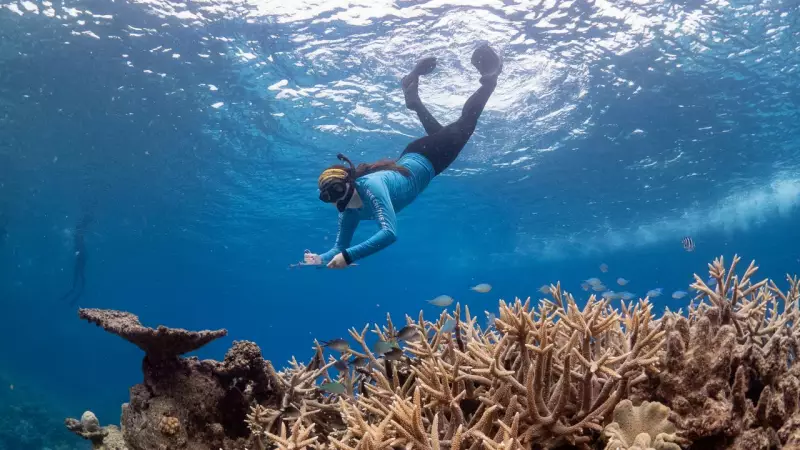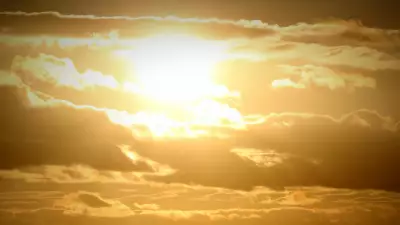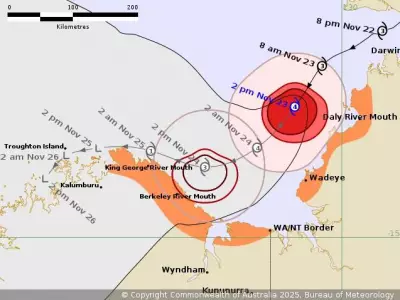
In one of nature's most spectacular underwater displays, researchers from Far North Queensland are gearing up to document the annual synchronised coral spawning event on the Great Barrier Reef—a phenomenon often described as underwater snowstorms or fireworks.
The Reef's Annual Romantic Rendezvous
This magnificent natural event sees corals simultaneously release billions of eggs and sperm into the water column, creating a mesmerising visual spectacle that plays a crucial role in the reef's survival and regeneration. The synchronised spawning typically occurs a few days after the full moon in November, when water temperatures and tidal conditions create the perfect environment for reproduction.
Scientific Significance Beyond the Spectacle
While the visual display is breathtaking, researchers from James Cook University emphasise that this event represents far more than just natural beauty. The spawning provides vital insights into reef health, resilience, and adaptation capabilities in the face of climate change and environmental pressures.
Key research objectives include:
- Monitoring spawning timing and synchronisation patterns
- Assessing coral reproductive health and success rates
- Documenting genetic diversity within reef populations
- Understanding how changing environmental conditions affect reproduction
A Delicate Balancing Act
The precision timing of this event is remarkable—most corals spawn within the same hour across vast stretches of reef. This synchronisation maximises fertilisation success while overwhelming predators with more reproductive material than they can consume.
Researchers will be working night and day during the spawning window, collecting samples and data that will contribute to global understanding of coral reef ecosystems and inform conservation strategies for one of Australia's most precious natural wonders.
Hope for Reef Resilience
As climate change continues to threaten coral reefs worldwide, documenting and understanding these natural reproductive cycles becomes increasingly critical. The data gathered during this year's spawning event will help scientists develop more effective conservation approaches and potentially identify coral species with enhanced resilience to environmental stressors.
This annual phenomenon serves as a powerful reminder of the Great Barrier Reef's incredible natural wonders and the ongoing importance of scientific research in preserving this World Heritage-listed ecosystem for future generations.





